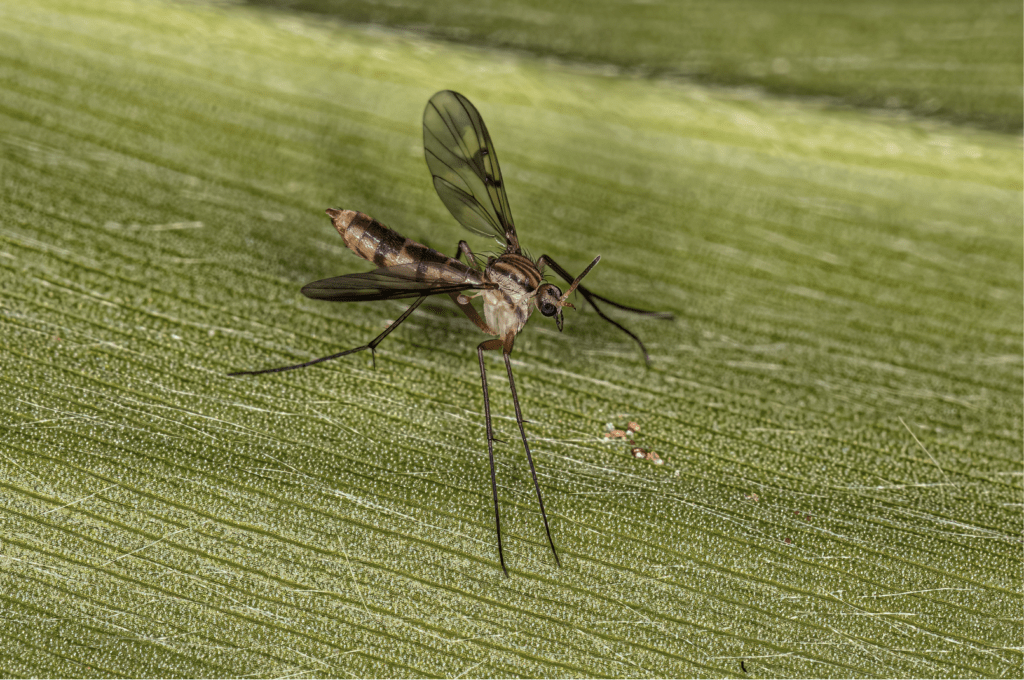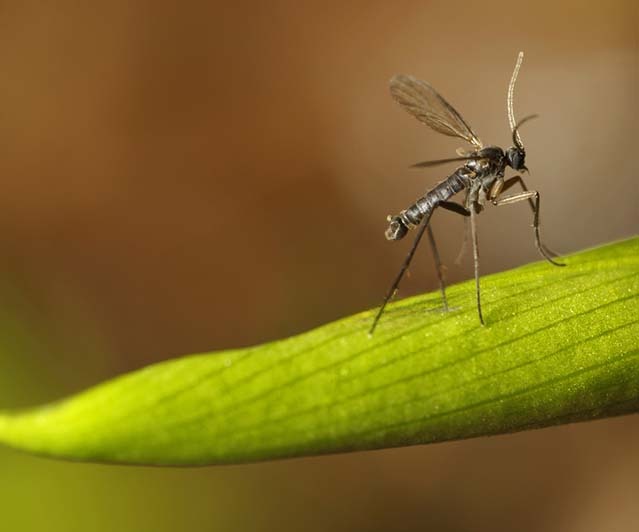
Is Gnat Season Over Yet?!
Yes, no one enjoys fungus gnats — especially us!
It is the dreaded phone call… we have gnats!

How to Treat Fungus Gnats in Indoor Plants
Fungus gnats are small, flying insects that are often found around indoor plants. They lay their eggs in the top layer of soil, and the larvae feed on organic matter and plant roots.
Consistency is key when dealing with fungus gnats. By maintaining a regular schedule of monitoring, drying out the soil between waterings, and utilizing appropriate preventive measures, you can effectively control and prevent these pesky pests from causing damage to your plants. Remaining consistent in your approach to fungus gnat management is essential to break their life cycle and ensure long-term success in maintaining healthy and thriving houseplants.
Implementing a combination of these methods and being patient can help control and eliminate the infestation over time.


 The Benefits of Biophilic Design in the Workplace
The Benefits of Biophilic Design in the Workplace